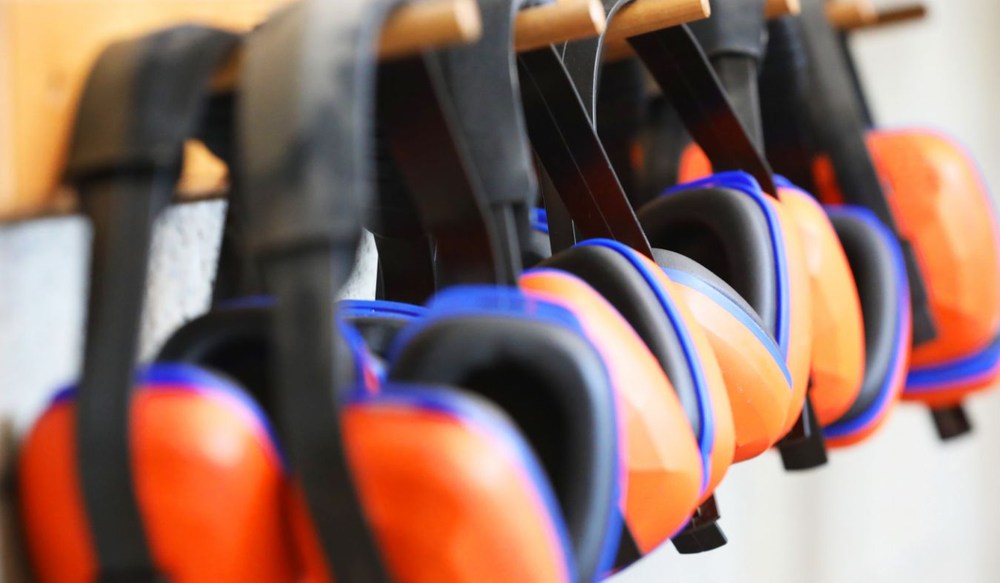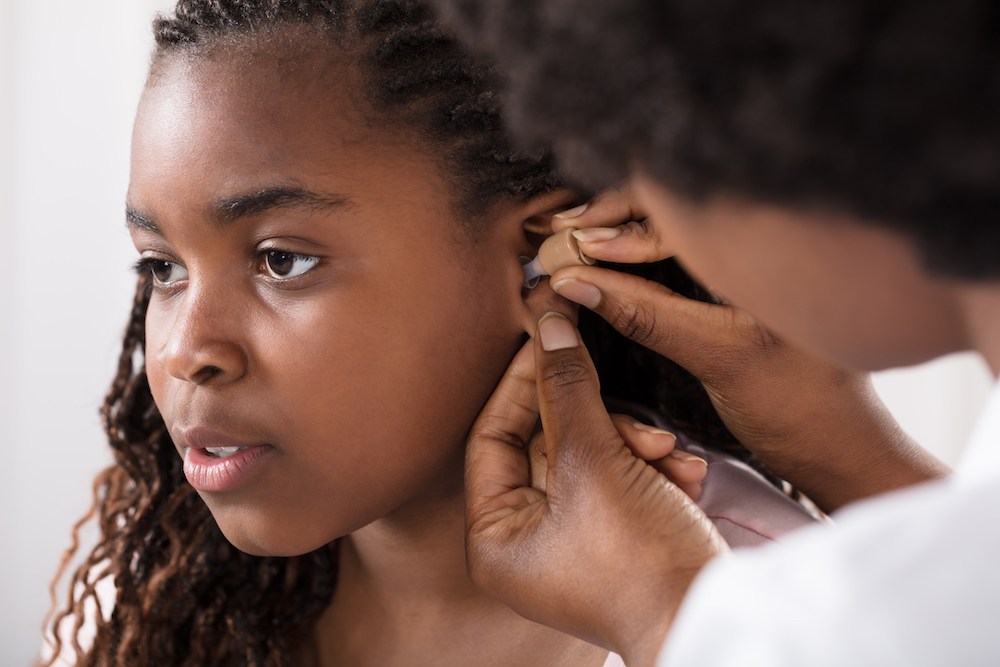What Young Adults Should Know About Hearing Protection
Hearing protection might not be something most young adults think about,
We’re Hiring! Click Here to Learn More About Our Career Opportunities →

While hearing aids are designed to last a long time, the conditions of your ear, as well as the complex technology of the device means that over time, it will start to decline in effectiveness and occasionally be damaged. In most cases, the careful maintenance of your hearing aid and getting any issues dealt with as soon as they arise will keep your hearing aid working at its very best until it is time to have a new one fitted.
When your hearing aid does break or stop working as it should, there are some steps that you can take to try and get it working before taking it to your audiologist for repair.
It sounds obvious, but it can be an easy mistake to make, especially in the early days of wearing them and getting used to how all the controls work. You may have mistakenly turned them off.
Again, something that sounds hard to miss but can be easily done. If you have turned the volume right down, you will not be able to hear anything so check that it is set to the correct volume.
Hearing aids are powered by a battery, and these do run out. If it is a fixed battery, you would need this replacing by your audiologist but if they are disposable batteries, check that they are correctly in place. If they are and still are not working, try using a fresh battery or test your existing one. Do it over a towel or soft surface so that you do not accidentally drop them and break them further. If you are consistently experiencing problems with batteries running out quickly, this can be an indication that there is an issue with the electrical components of your hearing aid and it will need to be looked at by a professional.
If you have a behind-the-ear hearing aid, it is important to regularly check the tubing that connects the parts. This, over time, can become warped, cracked or generally damaged and will stop the sound from being transferred to your ear. If the tubing has visible damage, it is time to take it to the audiologist, Fortunately, this is a straightforward repair that can be done there and then.
As we mentioned above, if there are constant issues with the batteries being drained of power quickly or visible issues with the tubing, you need to take it to the audiologist. Other indications that it needs an expert eye cast over it include:
Your audiologist may be able to do some repairs on the spot, saving you from being without your hearing aids for several days. Sometimes, though, this is simply not possible. If your aids are not covered by warranty, they can inform you how long it will take to have them repaired by the manufacturer and whether there will be any additional fees.

Hearing protection might not be something most young adults think about,

Hearing loss usually starts gradually, making it hard to notice right

Choosing the right hearing aid for your needs is about more than just